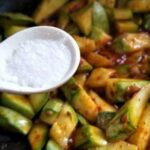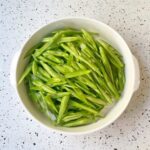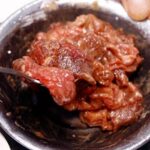While the fine hairs on peaches protect them from sunburn, reduce water loss, and deter insects, they can cause an itchy mouth and throat when consumed.
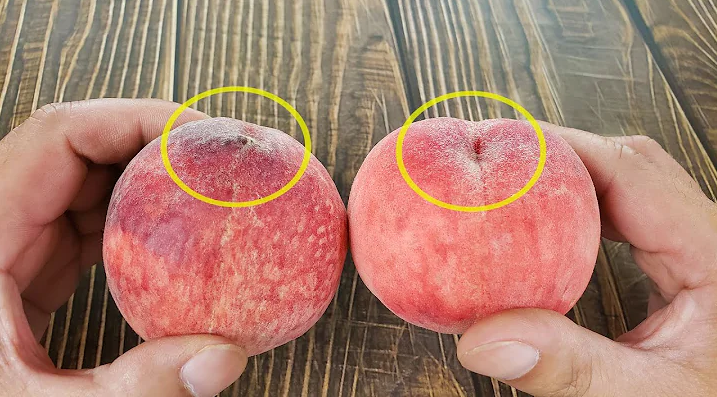
Rinsing peaches with water alone won’t effectively remove these hairs, and peeling the skin reduces the fruit’s crispness. So, when washing peaches, try using household ingredients to get rid of the fuzz.
Method 1: Clean peach fuzz with table salt
Soak the peaches in clean water to moisten their surface, then apply a layer of salt and gently rub until the fuzz is gone. Finally, rinse the peaches with clean water.
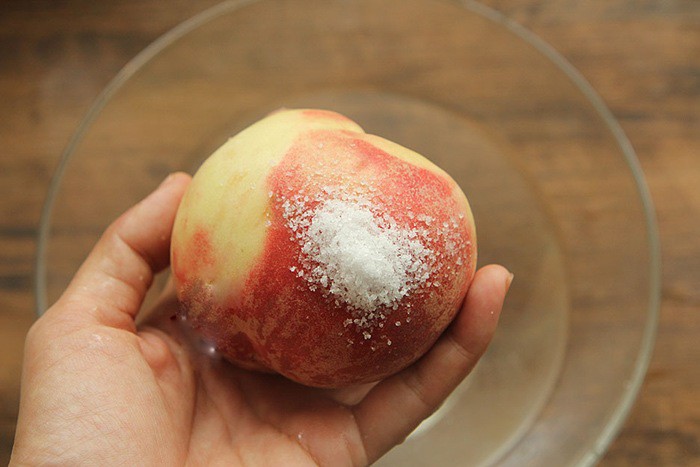
This method uses salt’s abrasive quality to remove dirt and fuzz. Salt also reduces moisture on the peach’s surface and opens pores. Not only does it clean the fuzz, but it also disinfects the fruit, ensuring it’s safe to eat, skin and all.
Method 2: Clean peach fuzz with baking soda
Baking soda is alkaline, and the pectin in peach skins is sensitive to alkalinity, so a chemical reaction occurs that causes the peach fuzz to fall off. Baking soda also neutralizes pesticide residue.
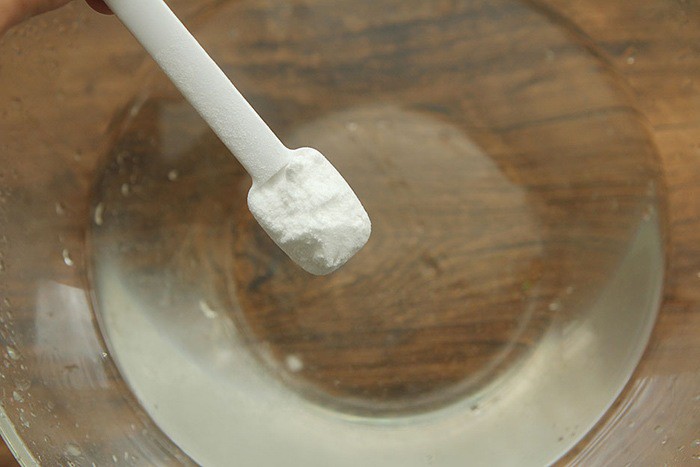
Start by preparing a large glass bowl with an appropriate amount of water, then add baking soda and stir until dissolved. Fully submerge the peaches in the solution and let them soak for about 10 minutes. You’ll notice that most of the peach fuzz will have fallen off. Gently rub the peach’s surface, then rinse with clean water.
As you can see, the fallen peach fuzz makes the water in the glass bowl look dirty. This method not only removes insects and other external contaminants but also gets rid of the peach fuzz, ensuring the fruit tastes as it should.
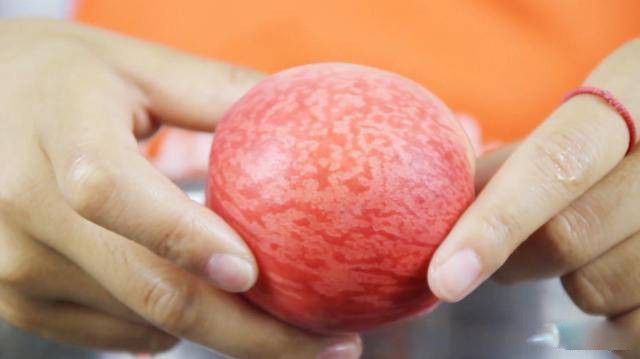
So, to effectively clean peach fuzz and enjoy the fruit with its skin on, try using either table salt or baking soda!
“The Secret to Perfect Beef Stir-Fry: A Dash of Magic”
The key to delicious, tender beef lies in the art of marination. A delicate balance of sugar and salt is essential to enhancing the flavor of the meat. But the question remains: which should come first, sugar or salt? The order of seasoning makes a significant difference, and getting it right is crucial to achieving that perfect taste sensation.

























